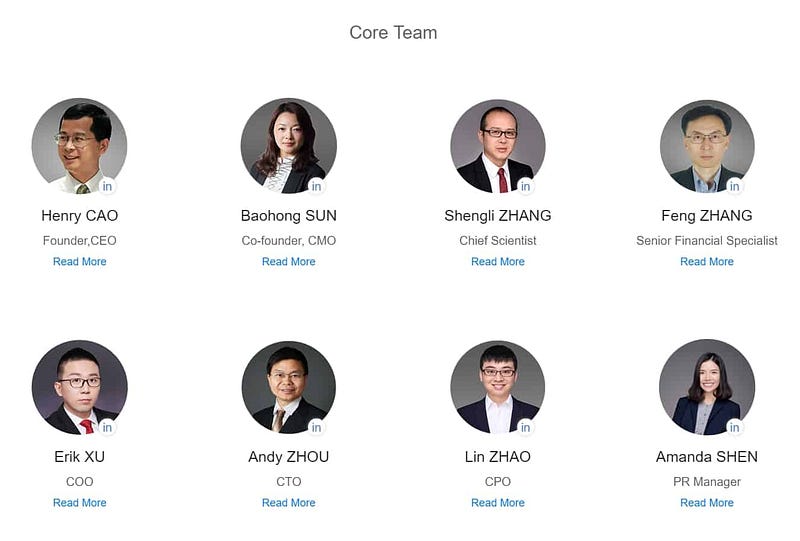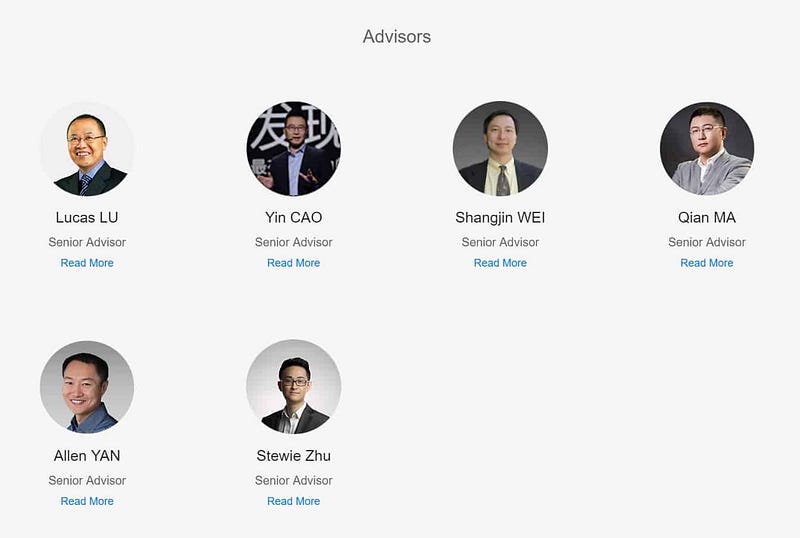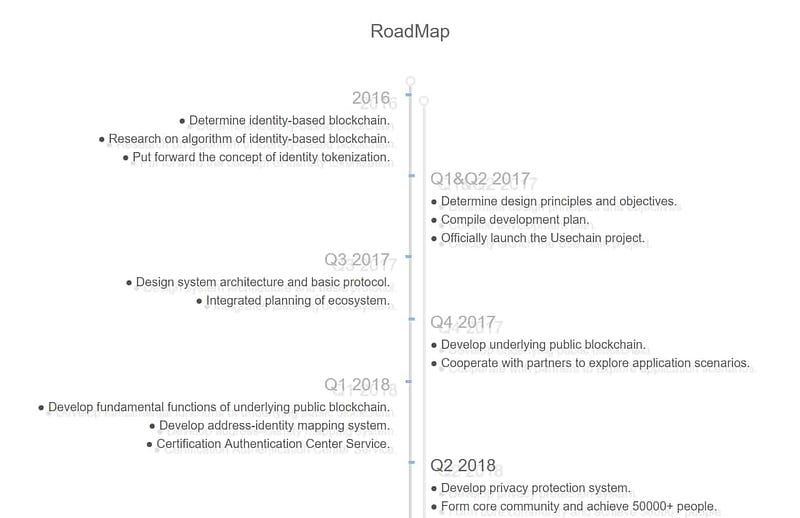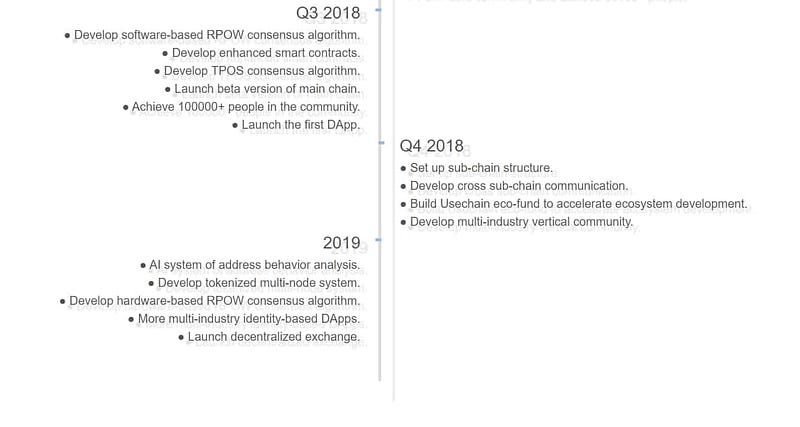What is Usechain :
Usechain is a platform that aims at developing the first ever mirror identity blockchain ecosystem that improves the use and utilization of blockchain technology. The platform aims at improving performance by providing a transaction management and support process that is efficient, identity based, and with low technical barriers applicable in the mass market.
The platform focuses on introducing a new consensus mechanism and a randomized proof of work to balance perfectly strong security and high performance. In order to bring a new generation of blockchain, Usechain will use multi-level encryption and authentication methods, Identity virtual machine, zero proof, enhanced smart contract as well as other innovative technologies.
Why identity matters?
When being asked "How do you sustain a business model in which users don't pay for your service?" on the early Congress hearing, the Facebook CEO Mark Zuckerberg replied after a five-second pause, "Senator, we run ads." The question may sound like a joke to heavy Internet users as increasingly, people realized that there is no such thing as a free lunch.
When you are not paying for services Google or Facebook provided, you are paying for it with your data, and user data is what running ads is based on. Paying with data for services is the most common business model in the Internet era; for normal users, there are few things you can do to make a change to it.
According to a 2014 study from CTRL-Shift, the cost of identity assurance processes exceeds £3.3 billion per annum in the UK alone. Signaling reputation is very costly in current financial industry and any other place that requires identity assurance.
Could we have something better? In the Blockchain era, the answer
How UseChain Mirror Identity Blockchain Coin Works
Usechain is built on mirror identity protocol merged with high-level innovations in structure design and technology to eliminate the delays in the process of developing blockchain and bring a perfect balance between scale, security, and decentralization. Usechain, as an ecosystem is growing fast and will hold thousands of credit-based and identity-based applications in the future.
UseChain Benefits
Secure And Reliable infrastructure
The platform uses a secure infrastructure that focuses on sole identity mapping thus improving its application to scenarios that need identity.
Public Participation
The platform supports the participation of everyone worldwide. Usechain supports mining by use of even mobile devices because of its ability to use low resources and low energy consumption.
Low Energy Consumption
Through the platform's characteristic of identity mapping, it can reduce its dependency on the hashing power of the Bitcoin and thus be able to reduce consumption of energy and computing resources.
The Team
Roadmap
Selling Point
- The World’s First Mirror Identity Blockchain.
- They have a strong team, with well-experienced advisors.
- The Identity threats is one of the fastest growing scenes in tech and it is far from being saturated.
- Usechain use case is extensive. It cuts across Identity and Security industries.
Partnership
- Usechain already has partnership agreements with the biggest names in the Blockchain market: Yahoo Finance, Albany Business Review, Cision, Market Watch, Yam and others.
- There are no projects like Usechain, this means reduced competition and ample time to establish their ecosystem before competing start-ups crop up en massege
Threats :
-
It is the non existing product first in the market so if they can not implement their idea in reality e project might collapse
-
For more information about this ICO please go to
Website:https://www.usechain.net/
White Paper: http://www.usechain.net/usechain_en.pdf
Twitter:https://twitter.com/usechain
Medium: https://medium.com/usechain
Telegram group: https://t.me/usechaingroup
Bitcointalk: https://bitcointalk.org/index.php?topic=3432061.0
-
It is the non existing product first in the market so if they can not implement their idea in reality e project might collapse
For more information about this ICO please go to
Website:https://www.usechain.net/
White Paper: http://www.usechain.net/usechain_en.pdf
Twitter:https://twitter.com/usechain
Medium: https://medium.com/usechain
Telegram group: https://t.me/usechaingroup
Bitcointalk: https://bitcointalk.org/index.php?topic=3432061.0













